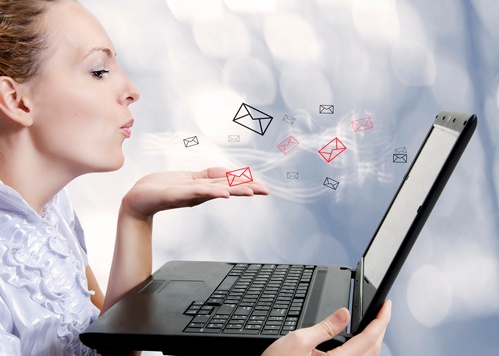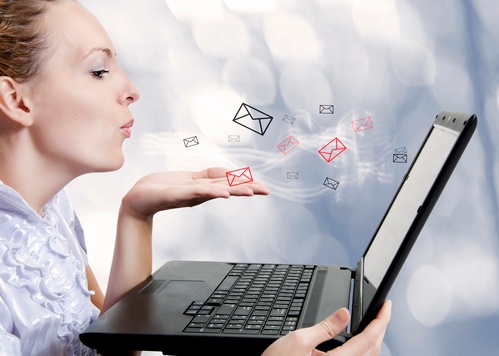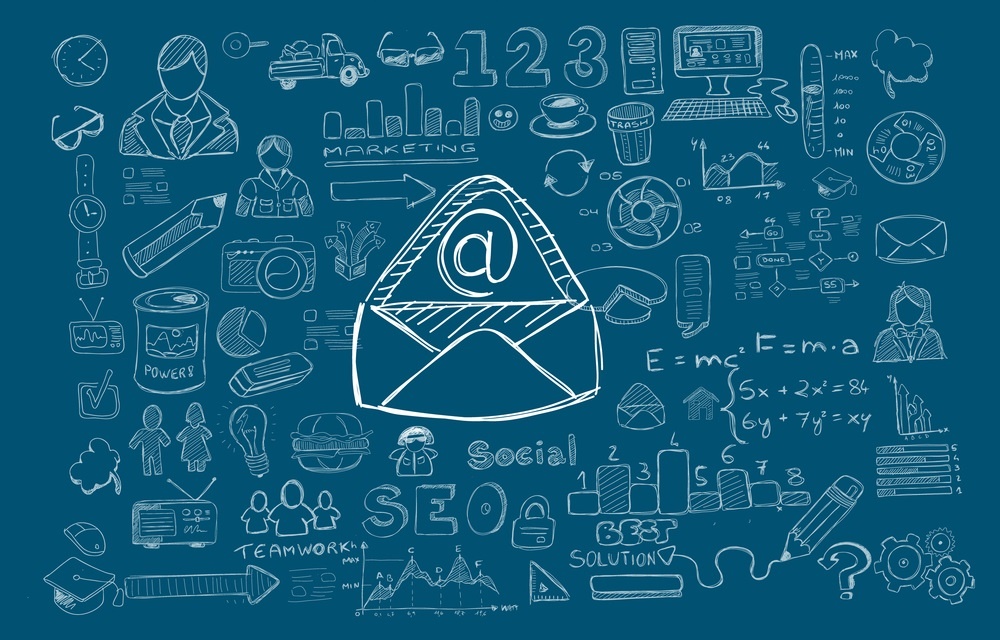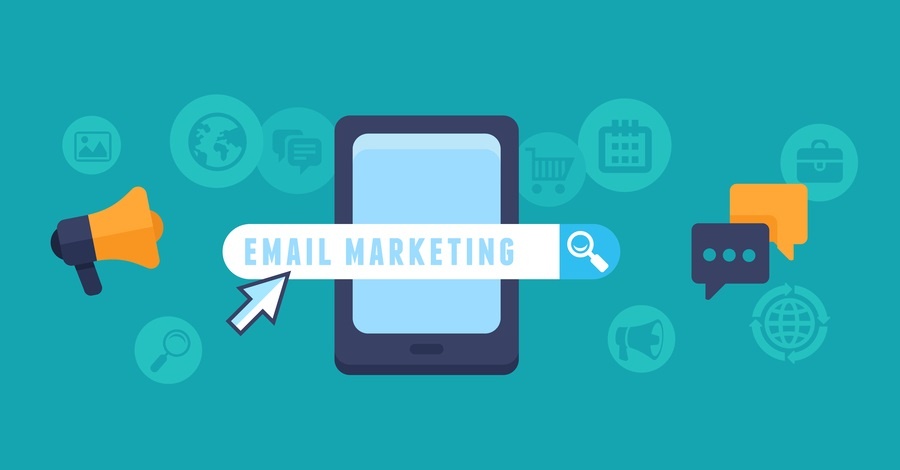6 Elements Of A Great Email [Tips]
By Jaco Grobbelaar on Wed, Apr 20, 2016 @ 12:30 PM


In the video saturated, image drenched social media environment that marketers must move in today, it would be tempting to think that good old email is on it's last legs.
Not true!
In fact, studies continue to show that email - properly done - is still one of the top channels and tactics for marketing.
Email Marketing Should Be One of Your Most Used Tools
Despite a number of articles and blog posts to the contrary, email is a marketing workhorse that shows no signs of going away. And it is still one of the most effective marketing tools in use today.
For example, 89% of marketers say that email is their primary channel for lead generation (Mailigen) and 60% of marketers say that email marketing is producing an ROI for their organization. (MarketingSherpa)
According to Lindsay Kolowich at Hubspot,
A well-written, plain-text email can perform just as well (if not better) than a highly designed email with tons of bells and whistles.In fact, no matter how fancy your marketing emails look, if they’re devoid of well-written content, your subscribers will stop opening -- and start deleting -- your messages.
The key, of course, is not in the number of gimmicks and enhancements you can build into your emails. It's in the quality and relevance of the content. Even with email, "content rules!"
Six Elements Every Great Email Should Have
For the purpose of this post we are going to assume that you have an email list to send to. And we are assuming that you have a clear purpose and strategy for using email blasts as part of your overall marketing plan.
With that said, here are six key elements of any really good email:
1. A Great Subject Line
Clever is good - deceptive or irrelevant is not. Nothing says "Scam" more than an email subject line that has nothing to do with the actual message. Worse is the use of subjects lines designed to fool people into thinking the email is from someone they know or just spoke with.
An effective subject line is brief, clear, relevant and compelling. Experimentation is in order here and, if you have the resources, testing different subject lines with the same email over a period of time can be quite beneficial.
2. Personalized and Personable
Whenever possible, you should personalize the greeting of your emails. In the body of the text you should write in the second person. Writing in the second person means making liberal use of the pronouns “you,” “your,” and “yours."
Write as if you are talking to a real person - not a marketing "avatar" or hypothetical prospect. Your copy - the text in your message - should be easy to read and feel as if it is coming from a human, not a marketer. (Not always the same thing!)
3. Strive for Clarity and Relevance
Your reader should never have to guess at what you're saying, or what your email is about. If you can read your email to a 10-year old and they "get it" then you are on the right track. If, however, you read your own copy and have to re-read portions to make sure you understood it all - well, probably need to go back and try again.
And your email message should be relevant to your reader. The danger with mass email "blasts" going out to anyone and everyone is that irrelevant messages don't get read. Your readers should be able to identify with your message and the subject matter.
4. Focus on the Benefits, Not the Features
Remember: it's never about you! It is always about what's in it for your audience. This is true in all marketing efforts. It's true in sales and it's true for your email messages.
We know you have a great product or service, but the harsh truth is that your email audience doesn't much care. They simply want to know how what you are saying will benefit them. If that is not quickly apparent, most folks will simply delete it and move on.
5. Keep It Short and Real
Brevity is a thing of beauty when it comes to email. Resist the temptation to say everything you can think of in one email blast! If your message or offering is sufficiently complex and involved, create a series of emails.
Authenticity is also quite effective. Being real and genuine in your messaging, your wording and phrasing - and in your message - is compelling. No one wants to be sold to and no one cares much for generic, inauthentic and trite messages from marketers.
6. Don't forget to Ask!
A compelling call to action has a place even in emails. Are you always (or ever) trying to sell something with an email? No, but you still want your readers to DO something.
This could be anything from "Click this button" to "Call us." Whatever it is, be sure you have a clear call to action (CTA) and that you make it easy for your reader to respond.
Good Email Marketing Can Use Some Good Help
The approach of inbound marketing holds great promise for your business and email is a critical part of it. But achieving your marketing objectives with a content marketing strategy takes time. It won't happen with a few email blasts, blog posts or even a great ebook.
People will need to consume your content for a while before they contact you. Yet, without your content compelling them to contact you, your goals may never be met.
The good news is that you don't have to figure out alone. In fact, one of the best investments you can make with your marketing budget is to partner with a solid firm like BroadVision marketing.
Click on the button below to get your free Complimentary Inbound Marketing Session so you can make an informed decision, or call BroadVision Marketing at 707-799-1238.
You May Also Like
These Related Stories

Great Emails And Great Content Marketing

Email Marketing - Can It Still Work For Your Business?

.png?width=302&height=75&name=BVM%20Logo%20-%20transparent%20(1).png)


No Comments Yet
Let us know what you think